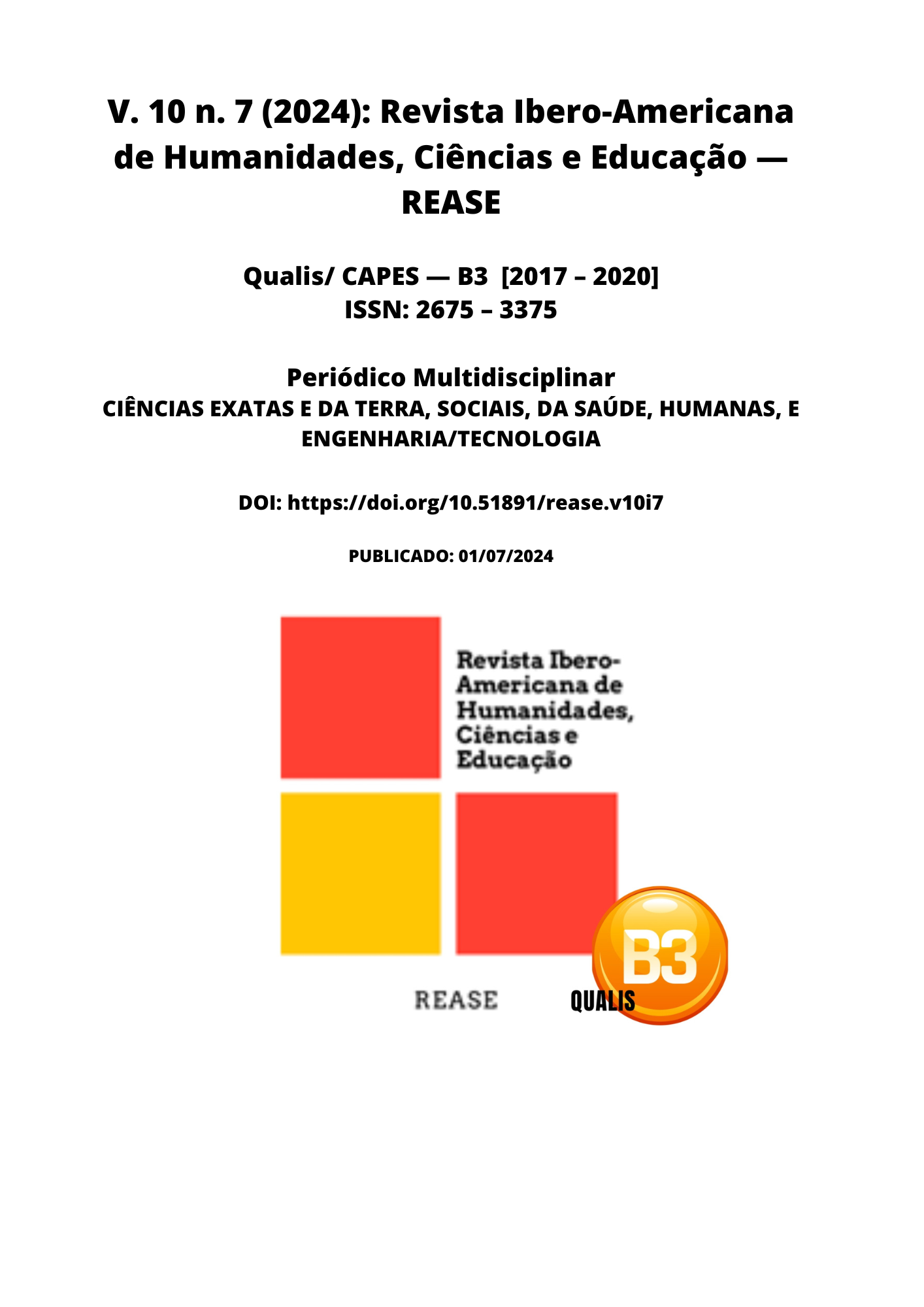APPLICATIONS OF POSITRON EMISSION TOMOGRAPHY (PET) IN THE EVALUATION OF SOLID TUMORS
DOI:
https://doi.org/10.51891/rease.v10i7.15114Keywords:
PET/CT. Oncological Diagnosis. Radiopharmaceuticals.Abstract
Positron Emission Tomography (PET) has emerged as an indispensable tool in the evaluation of solid tumors, providing functional information that complements the anatomical images obtained by conventional techniques. This integrative review aimed to synthesize the available evidence on the applications of PET in oncology, focusing on diagnosis, staging, monitoring of response to treatment and detection of recurrences of solid tumors. The results revealed that PET, particularly with the use of the radiopharmaceutical ^18F-FDG, has high sensitivity and specificity in the early detection of neoplasms, often surpassing other imaging modalities. PET/CT has been shown to be especially effective in the staging of several types of cancer, including lung cancer, colorectal cancer and lymphomas, providing an accurate assessment of the extent of the disease and positively influencing therapeutic decisions. Furthermore, PET has proven to be a valuable tool in monitoring response to treatment, allowing the early identification of non-responsive patients and enabling timely therapeutic adjustments. The ability of PET/CT to detect recurrences has been confirmed, showing high sensitivity in differentiating scar tissue from active disease, which is crucial for early and effective intervention. The development of new radiopharmaceuticals, such as ^18F-FLT and ^18F-FMISO, further expands the applications of PET, providing insights into cell proliferation and tumor hypoxia, respectively. The integration of PET with hybrid modalities, such as PET/MRI, represents a significant evolution, combining anatomical and functional information with reduced radiation exposure. Despite its advantages, the application of PET faces challenges, including high costs and the need for specialized image interpretation. However, continuous advances in technology and the development of new radiopharmaceuticals promise to overcome these limitations and further expand the capabilities of this technique. In conclusion, PET offers a robust and comprehensive approach for the evaluation of solid tumors, improving diagnostic accuracy, treatment planning, and patient clinical outcomes. With continued technological development and standardization of protocols, PET is poised to play an increasingly vital role in modern oncology.
Downloads
Downloads
Published
How to Cite
Issue
Section
Categories
License
Atribuição CC BY

